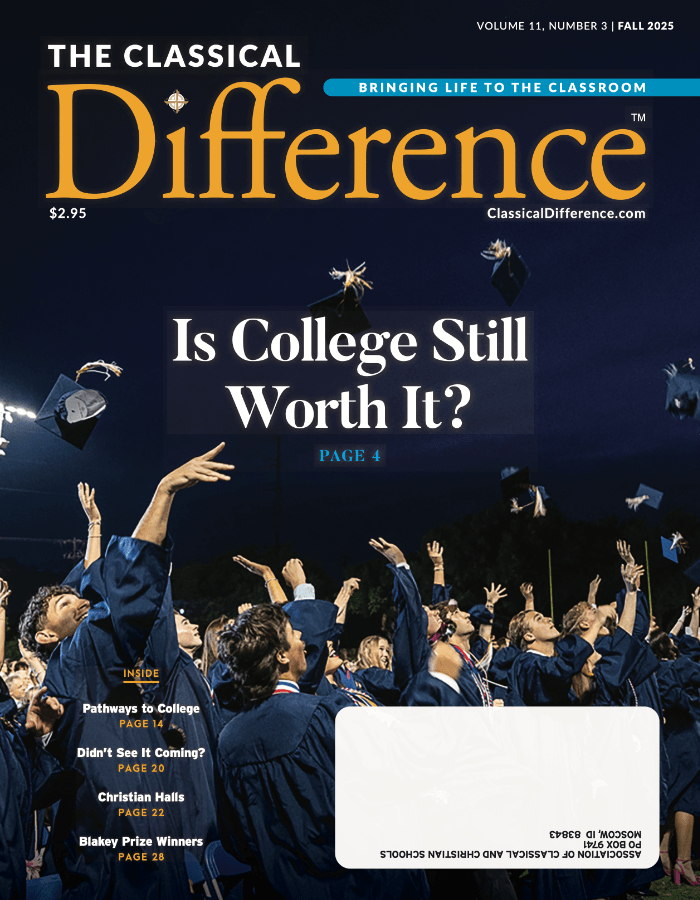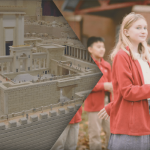Winter 2018
C.S. Lewis and J.R.R. Tolkien, two of the 20th century’s brightest intellects, built a lifelong friendship on the idea that collaboration is key to success. According to Lewis and Tolkien scholar Diana Glyer, the authors held biweekly meetings at a pub in Oxford— events to which all local writers were invited- and presented their roughest drafts. The group gained local notoriety, and was hence named “The Inklings.” They met for hours at a time with discussions roaring late into the night, carefully honing one another’s work.
Their criticisms were known to be brutal but well-meaning, always emphasizing the sentiment, “You can do better than this because you are better than this,” Glyer notes. Advice between them came with copious pushback. The group prized criticism and defense, eager to find truth at any expense to themselves or academic pride, according to Glyer.
WHY CLASSICAL EDUCATION USES SOCRATIC SEMINAR
Educators refer to this style of learning as “Socratic Seminar.” In a culture that demonstrates increasing inability to both accept and provide sound criticism, the classical model employs the Socratic method to train students to give and receive critique as one of the primary means of intellectual growth. Classical Socratic classrooms are structured similarly to Lewis and Tolkien’s “Inkling” meetings, offering an arena in which students can practice the art of respectful defense and critique, and learn to not only accept review but eagerly seek it out. Contrary to the Western embrace of individual living and individual truth, the Socratic method teaches students to pursue the Proverbs 11 exhortation to keep “an abundance of counselors,” fully inviting the community into the academic process.
The Socratic seminar looks something like this: the class reads a text, the teacher poses a question regarding the text, and the students defend their answers by referring to sources within the text. Years of classes in which every literary theme and philosophical idea is hotly contested helps students establish well-grounded philosophical leanings, develop sound objections, and discern between good and bad counsel.
These debates also promote thorough comprehension of the material and analysis of peripheral data, drawing connections between the new material and the student’s existing knowledge. The Socratic method, while practiced in the classical classroom, is intended to extend far beyond. It can happen anywhere: in a pub, as did the Inklings, around the dinner table, in a conference room, or anywhere two people can talk openly about ideas. This method can also be practiced by anyone: students, friends, co-workers, and parents.
DIANA PAVLAC GLYER is a professor at the Azusa Pacific University Honors College and award-winning author whose books focus on C.S. Lewis and J.R.R. Tolkien. Her scholarship, her teaching, and her work as an artist all circle back to one common theme: creativity thrives in community.









